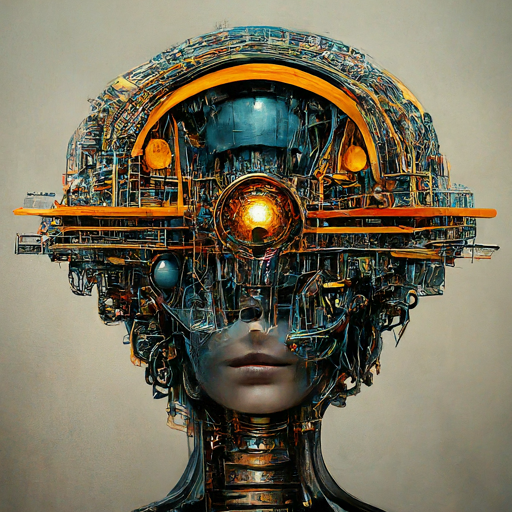Design
-
ChatGPT: The Future, Like It Or Not

A discussion on LLMs, their potential, limitations, and real-world applications in fields like medicine, law, and design, and a personal story about AI’s diagnostic capabilities.
-
Image: Calculating Ideal Font Size
A few years ago, I posted an idea on how to decide ideal font sizes for a screen. I’ve since simplified the method in a way that can be implemented into a website adaptively, and explained it in this image. See my Typography Script on Github
-
Carfree 1.1
Hi Everyone. I feel like I owe everyone a thank you, and an apology. A thank you because the Carfree webapp started seeing steady use earlier than I expected. This resulted in one of the APIs I was using, specifically one to do an approximate geolocation based on IP address, to reach a request limit. […]
-
Carfree
It’s taken me a few months, but I finally have a Carfree app that I’m ready to share with everyone. What is Carfree? Whether you’re trying to go “car light”, or remove your dependency on a car altogether, this app should help you decide the best way to get to where you want to […]
-
Typeset. A JQuery Plug-In
In July 2012, I wrote a blog post on calculating the ideal font size for any viewing device. I’ve since written a JQuery plugin that typesets elements on a page automatically. I call it TypeSet. All settings are applied inline, for now, using relative em units. I still consider it a work in progress, […]
-
Be Strong With Emphasis: Semantics
There are advantages of using <strong> over <b>, and <em> (as in emphasis) over <i>. I’ll try to explain the differences of these semantics as simply as possible. In HTML, <b> tells the browser to display type as bold, and <i> tells the browser to display type in italics. The problem with this is that […]
